You are using an out of date browser. It may not display this or other websites correctly.
You should upgrade or use an alternative browser.
You should upgrade or use an alternative browser.
Neck turning tools?
- Thread starter Topshot
- Start date
 Help Support Long Range Hunting Forum
Help Support Long Range Hunting Forum
Joel Russo
Well-Known Member
There's a bunch out there, but there are only a few that I would consider.
Take a look at the Hart, K&M, and the Sinclair. I use the Hart for most of what I turn, and have about six of them.
Take a look at the Hart, K&M, and the Sinclair. I use the Hart for most of what I turn, and have about six of them.
woods
Well-Known Member
Hey topshot
I would recommend that you get a hand held turner. I have used a Lyman bench mount turner and it was very inconsistant. I also have used a friends K & M hand held turner which is probably the Cadillac of turners. It has a lot of attachements including a cutting mandrel to remove do-nuts
K and M Products
It can be expensive with all the attachements
The turner I have is much simpler and suits my needs perfectly. It is the Forster hand held turner
Hand Outside Neck Turner
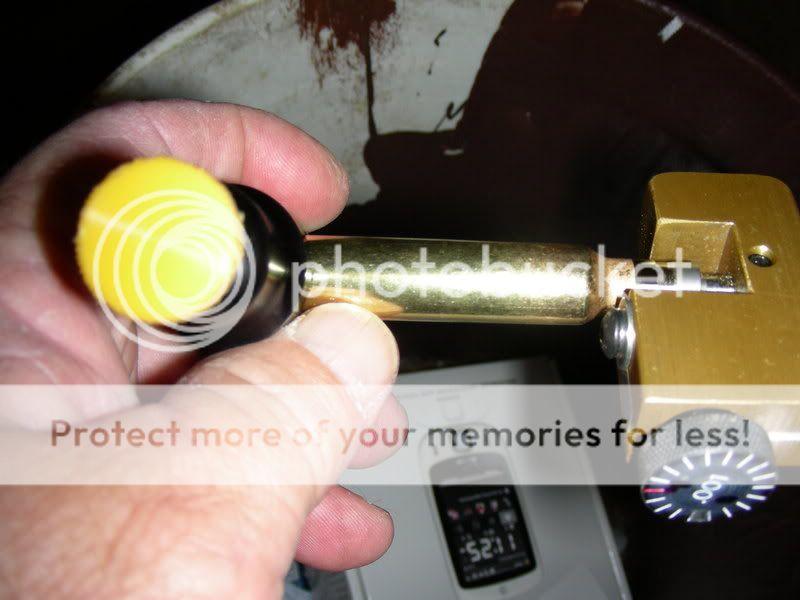
What I prefer about the Forster is that it has a much wider blade than the K & M for a smoother cut
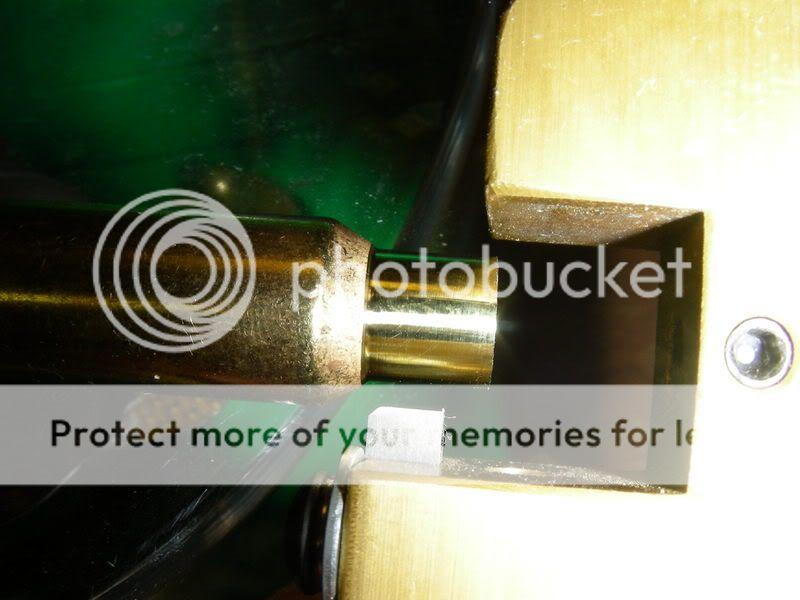
and you can get inside neck reamers that will fit in the same place as the regular mandrel for inside neck reaming and removing do-nuts if necessary
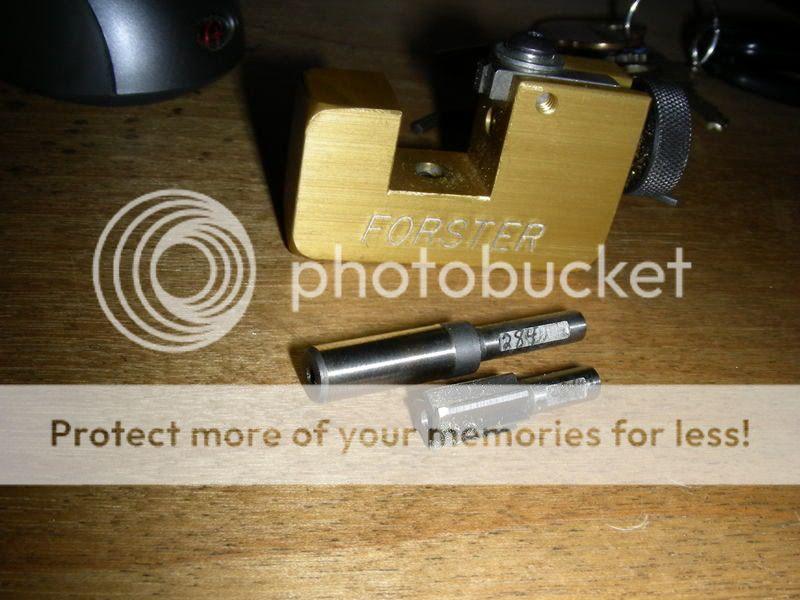
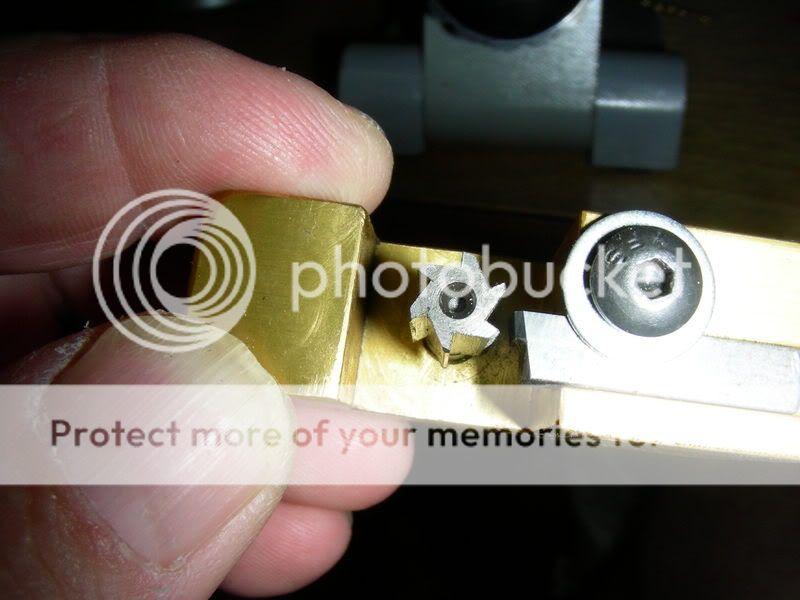
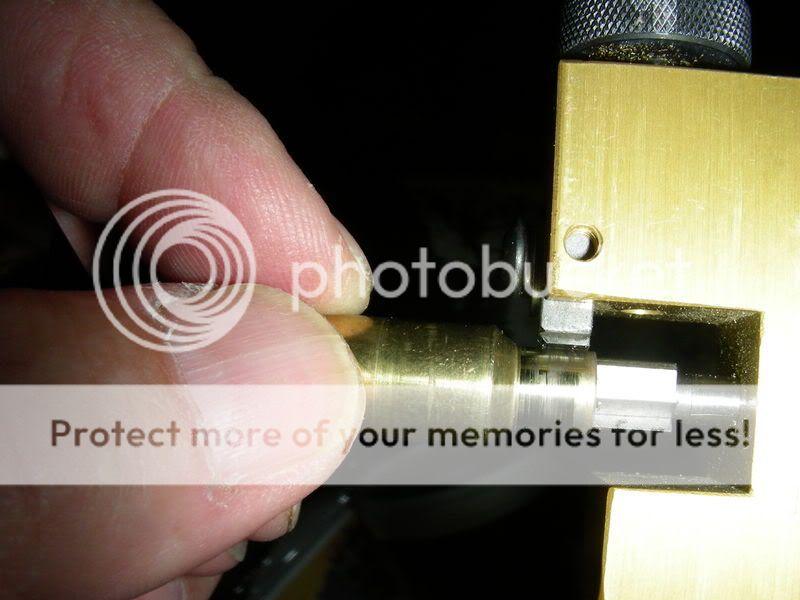
I do a lot of turning for custom tight necked chambers and the Forster works for me.
I would recommend that you get a hand held turner. I have used a Lyman bench mount turner and it was very inconsistant. I also have used a friends K & M hand held turner which is probably the Cadillac of turners. It has a lot of attachements including a cutting mandrel to remove do-nuts
K and M Products
It can be expensive with all the attachements
The turner I have is much simpler and suits my needs perfectly. It is the Forster hand held turner
Hand Outside Neck Turner

What I prefer about the Forster is that it has a much wider blade than the K & M for a smoother cut

and you can get inside neck reamers that will fit in the same place as the regular mandrel for inside neck reaming and removing do-nuts if necessary



I do a lot of turning for custom tight necked chambers and the Forster works for me.
Kaintuckee
Member
- Joined
- Dec 26, 2008
- Messages
- 19
I use a "Sinclair" hand held tool for .338LM and neck turn to uniform the case neck wall thickness. Typically only removing .0005 - .0015 around 40% - 75% of the neck circumference.
To help speed up the process and keep my hands from falling asleep (carpal tunnel syndrome) I purchased a driver/case holder last year and use a power screw driver to rotate the cases.
To help speed up the process and keep my hands from falling asleep (carpal tunnel syndrome) I purchased a driver/case holder last year and use a power screw driver to rotate the cases.
Kaintuckee
Member
- Joined
- Dec 26, 2008
- Messages
- 19
Woods,
I just noticed that your last photo depicts the outside neck being turned while the inside is being reamed.
Is this a standard procedure you do for custom tight neck chambers?
I just noticed that your last photo depicts the outside neck being turned while the inside is being reamed.
Is this a standard procedure you do for custom tight neck chambers?
Buy the K&M, it has a carbide cutter that cuts any donuts inside at the same time. I think that is the only one that does that also.
super easy to adjust and top notch.
BH
super easy to adjust and top notch.
BH
woods
Well-Known Member
Woods,
I just noticed that your last photo depicts the outside neck being turned while the inside is being reamed.
Is this a standard procedure you do for custom tight neck chambers?
I set up my cases on my tight necked chambers to have .003" neck clearance. For example on a 6.5 rem mag with a .293" neck I will outside neck turn new cases .293"-.003"= .290"-.264"=.026"/2=.013". That way when I fire the case the .003" moves to the inside of the neck. The Forster reamer is .003" over caliber diameter. That way the reamer will ream the inside of the neck and you can clean up the outside again with the outside turner

but you have to do this after firing in order to get the .003" clearance for the reamer. This will not work with factory chambers with more neck clearance unless you have thick enough brass.
However, I do find that after outside neck turning and reaming at the same time that I can not find even .0005" variance in neck thickness anywhere on the neck. It's like the brass is trapped between the outside cutter and inside reamer.
boomtube
Well-Known Member
They all work. Some have better features and lower cost too.
I find the Forster HOT-100 pictured above to be fine, it's certainly good enough for those of use who use factory rifles anyway.
It has a simple but functional calibrated head accurate to .001" per mark, shows in photo #1. As shown in photo #2, it has a slight angle on the cutter blade that makes it less likely to damage a case shoulder than a square cutter can.
Forster sells a wide range of neck reamers that can easily be inserted in the hole for the neck pilot. They will remove any interior roughness AND any "do-nuts" that may appear.
I don't care much for the plastic shell-holder but, fact is, it works fine. But I use a Lee case trimmer stud and holder chucked in a cordless screwdriver if I have a lot of necks to turn.
MidwayUSA sold me my HOT-100 Forster for something like $45 a few years ago. I MIGHT buy a K&M or Sinclair or Hart IF I had a $3,000 bench rifle to prep cases for. Otherwise, no.
I find the Forster HOT-100 pictured above to be fine, it's certainly good enough for those of use who use factory rifles anyway.
It has a simple but functional calibrated head accurate to .001" per mark, shows in photo #1. As shown in photo #2, it has a slight angle on the cutter blade that makes it less likely to damage a case shoulder than a square cutter can.
Forster sells a wide range of neck reamers that can easily be inserted in the hole for the neck pilot. They will remove any interior roughness AND any "do-nuts" that may appear.
I don't care much for the plastic shell-holder but, fact is, it works fine. But I use a Lee case trimmer stud and holder chucked in a cordless screwdriver if I have a lot of necks to turn.
MidwayUSA sold me my HOT-100 Forster for something like $45 a few years ago. I MIGHT buy a K&M or Sinclair or Hart IF I had a $3,000 bench rifle to prep cases for. Otherwise, no.
Winchester 69
Well-Known Member
- Joined
- Mar 29, 2007
- Messages
- 430
Forster will also make reamers to customer spec, which may be necessary if you're processing the brass after re-sizing.Forster sells a wide range of neck reamers that can easily be inserted in the hole for the neck pilot. They will remove any interior roughness AND any "do-nuts" that may appear.
I use a sinclair neck turner,along with their expander mandrel.By using the expander mandrel,I can neck turn virgin brass,the expander forces all the imperfections to the outside of the case neck so the cutter will true everything up.I think they will all work,it's just a matter of how you want to go about it.
Kaintuckee
Member
- Joined
- Dec 26, 2008
- Messages
- 19
I set up my cases on my tight necked chambers to have .003" neck clearance.
Thanks for explanation.
I always thought that running a case over a mandrel would smooth up the inside surface and remove the donuts, etc. What method would you use for inside neck reaming on new brass that's used in a standard chamber cut to the minimum SAAMI dimension?
FYI: Received a new sale flyer in the mail today from Midway, the Forester tool, reg $52.99 is $46.99 and the mandrels reg $9.49 are $8.49
woods
Well-Known Member
I What method would you use for inside neck reaming on new brass that's used in a standard chamber cut to the minimum SAAMI dimension?
Well, the Forster will not work in that situation because the reamer is .003" over caliber. Perhaps like Winchester 69 said, you could figure out what the inside neck diameter is on your fired or sized case and have Forster custom make you one that would be tight enough to inside ream. With inside reaming you do not want to take off much brass.
I prefer the Forster reamers to the K & M mandrels with the cutting tip because the Forster reamer has a cutting edge along it's entire length
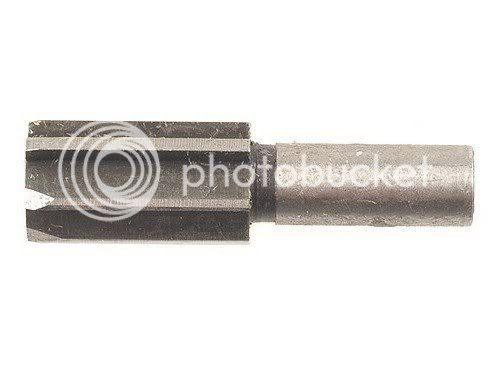
as opposed to the K & M which has the cutter only on the leading edge

I have used a friend's K & M cutter and it seems to wander more and score up the inside of the neck much more. Once you get the Forster in all the way you are removing brass from the mouth of the case to the neck/shoulder junction all along the cutting edge which makes for a smoother cut.
If you do not have a tight necked chamber then you should not have to worry about inside neck reaming or do-nuts. The do-nuts will not bear on the bullets unless they bear on the bullets when you insert them in a fired case.